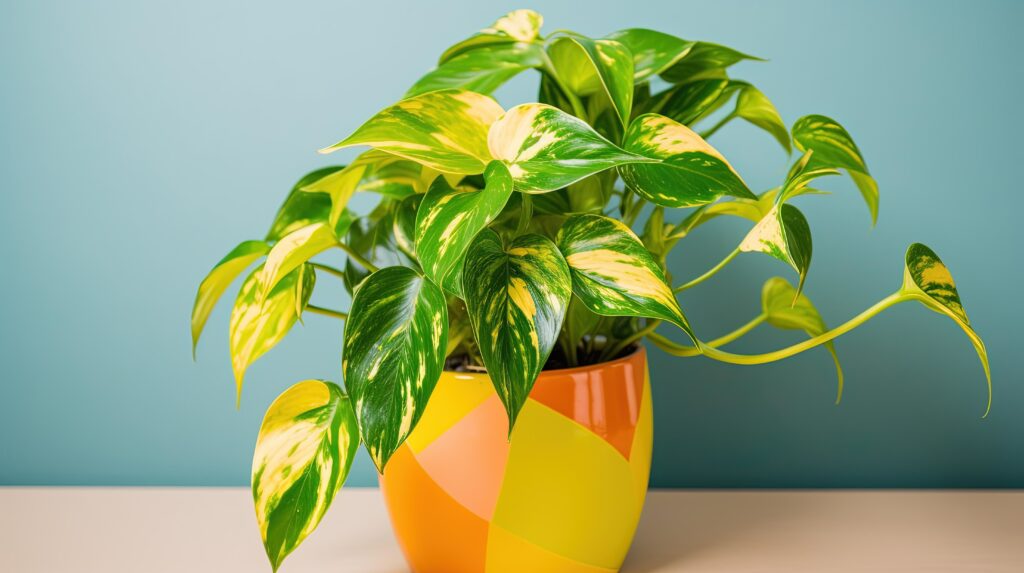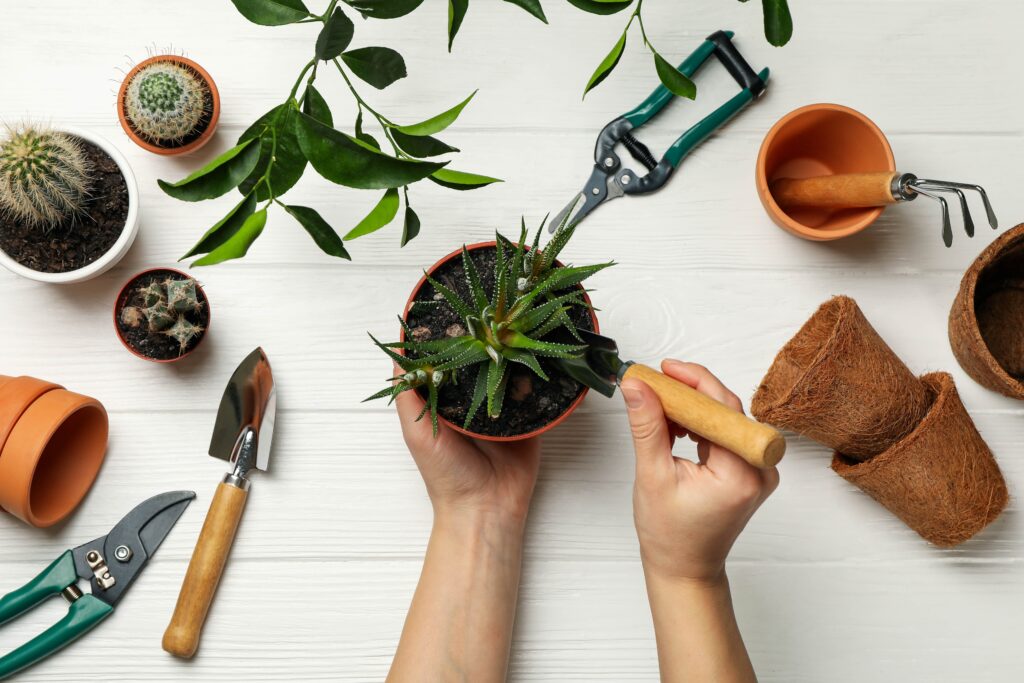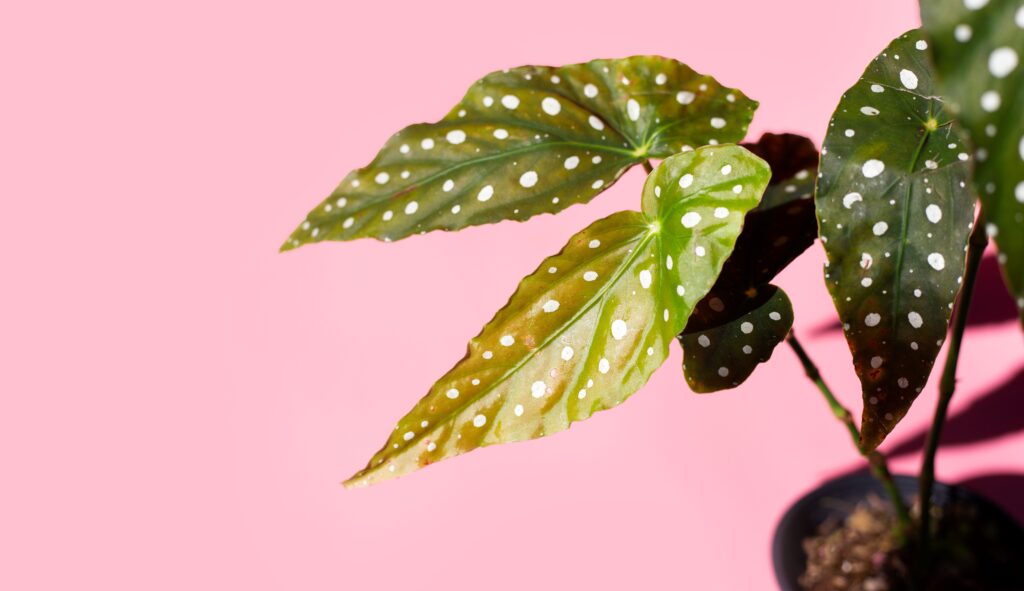Welcome to the world of indoor gardening, where we transform our living spaces into vibrant and refreshing havens with the help of Mother Nature’s finest. If you’re looking to add a touch of green elegance to your home and garden, Devil’s Ivy (Epipremnum aureum), also known as Pothos, is the perfect plant companion. In this guide, we’ll delve into the Devil’s Ivy plant care, offering tips and tricks to help you nurture this stunning, low-maintenance greenery.
So, let’s roll up our sleeves and get started!
Getting to Know Devil’s Ivy
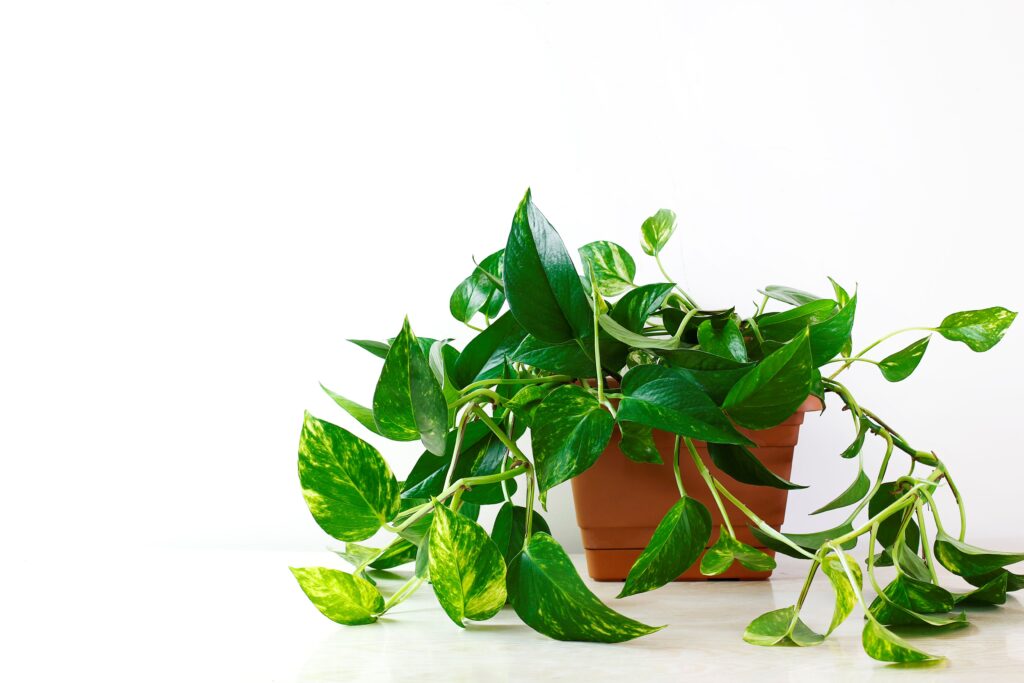
Before we dive into care instructions, let’s get to know our star, Devil’s Ivy. This beautiful vining plant boasts heart-shaped leaves that come in various shades of green, making it a versatile choice for any home decor. Its scientific name, Epipremnum aureum, hints at its golden-yellow variegation that adds a subtle pop of color to your space.
It’s the perfect trailing houseplant for beginners and is a popular addition to homes, see our post on trailing houseplants to learn of others you can also add.
Light Requirements
Devil’s Ivy is a flexible fellow when it comes to lighting. It can thrive in low to bright, indirect sunlight. Place it near a window with filtered light, but be sure to avoid direct sun, which can scorch its delicate leaves. The beauty of Devil’s Ivy is its adaptability, making it suitable for various spots in your home.
Watering
Now, let’s talk hydration. Devil’s Ivy is forgiving when it comes to watering, making it a great choice for beginners. Allow the top inch or two of the soil to dry out between waterings. Stick your finger into the soil to check – if it feels dry, it’s time to water. Be cautious not to overwater, as this can lead to root rot.
Container and Soil
Choose a well-draining pot with a drainage hole to prevent water from pooling at the bottom. A mix of potting soil and perlite or orchid bark works well for Devil’s Ivy, ensuring good drainage while retaining some moisture.
Temperature and Humidity
Devil’s Ivy is quite forgiving when it comes to temperature and humidity. It’s comfortable in typical indoor temperatures between 60-80°F (15-27°C). It can tolerate lower humidity levels but thrives in higher humidity, making it an excellent choice for bathrooms or kitchens.
Pruning and Maintenance
To keep your Devil’s Ivy looking lush and healthy, occasional pruning is necessary. Trim back leggy vines to encourage bushier growth. You can also remove any yellowing or dead leaves to maintain its aesthetic appeal.
Pest Control
Luckily, Devil’s Ivy is relatively resistant to pests. However, keep an eye out for mealybugs or spider mites. If you spot any, treat your plant with a gentle soap and water solution or neem oil.
In Conclusion
With its resilience and beauty, Devil’s Ivy is an ideal addition to any home and garden. Whether you’re a seasoned gardener or just starting your plant journey, this low-maintenance beauty will reward you with lush greenery and elegant charm. So, go ahead and bring some Devil’s Ivy into your life – you won’t regret it!
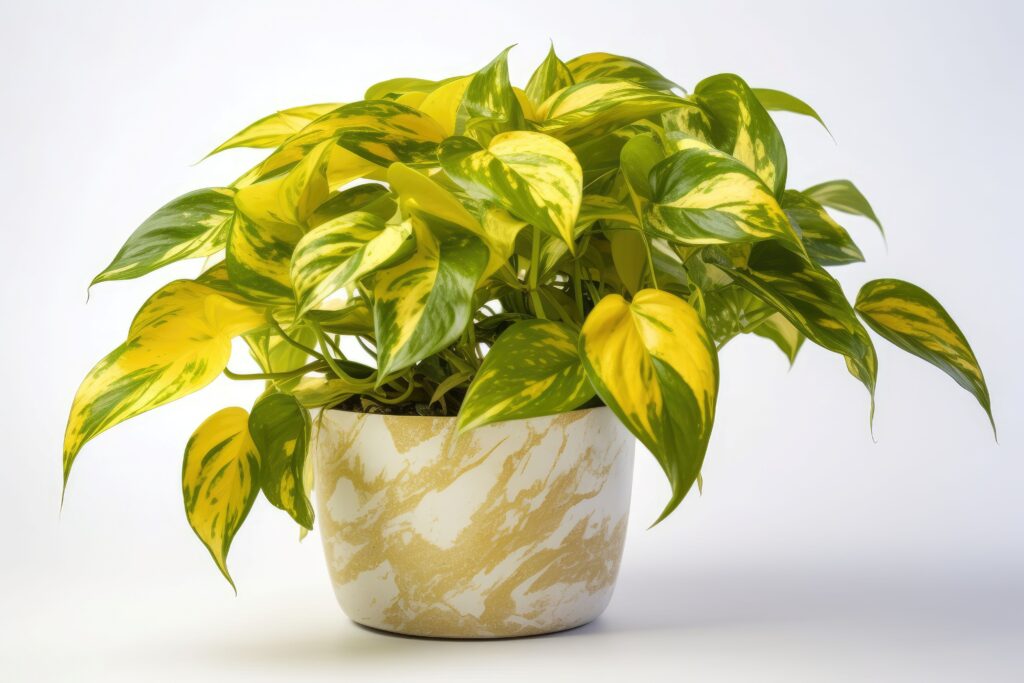
Remember to refer back to this Devil’s Ivy plant care guide when needed but also, each plant has its unique quirks, so don’t be afraid to adapt these care tips to your specific environment. Happy gardening, and may your Devil’s Ivy thrive and flourish in your home and garden oasis!

